Magic is a weird game. Throughout its history, we even have some rules and cards that do things before the game begins! Today I would like to take a deep dive into pregame actions and procedures. We are about to get into some of the comprehensive rules to help focus our conversation. After that, we’ll explore some specific cards that can impact the game before anyone plays a land or casts a spell.
Comprehensive Rules Section 103
In the Comprehensive Rules of Magic, we have section 103. This governs how a game of Magic starts. Many sections of this are irrelevant for our purposes today, such as 103.4 which goes into detail about starting life totals. You can follow along using the Comprehensive Rules. You can find a copy here.
The Magic Tournament Rules (MTR) provide a more condensed version. There is a whole section dedicated to “Pregame Procedures.” Some of these are obvious, and you do them without even thinking. Others will help contribute to our discussion a bit more!
Here’s a quick list of pregame procedures.
- Sideboard
- Shuffle your deck
- Present the deck to your opponent to shuffle
- Present Companion
- Decide whether to play or draw
- Draw seven cards
- Mulligans, in turn order
These steps occur in every game of Magic. Most of this is second nature at this point, but it is important to give context before we dive deeper. The meat of our discussion is cards that introduce something into these pregame procedures.
Comprehensive Rules 103.6
For us, section 103.6 of the comprehensive rules is where we can bring our focus. It states:
“Some cards allow a player to take actions with them from their opening hand. Once the mulligan process (see rule 103.5) is complete, the starting player may take any such actions in any order. Then each other player in turn order may do the same.“
Three subsections clarify this:
- 103.6a If a card allows a player to begin the game with that card on the battlefield, the player taking this action puts that card onto the battlefield.
- 103.6b If a card allows a player to reveal it from their opening hand, the player taking this action does so. The card remains revealed until the first turn begins. Each card may be revealed this way only once.
- 103.6c In a multiplayer game using the shared team turns option, first, each player on the starting team, in whatever order that team likes, may take such actions. Teammates may consult while making their decisions. Then each player on each other team in turn order does the same.
From this, we can summarize two things about most pregame actions:
- You make pregame actions after everyone has completed mulligans
- Pregame actions occur in turn order
I say most pregame actions. As you will see, there are some weird cards we will discuss here. And some of them will even mess with pregame procedures outside of rule 103.6
With all of that out of the way, let’s check out some cards!

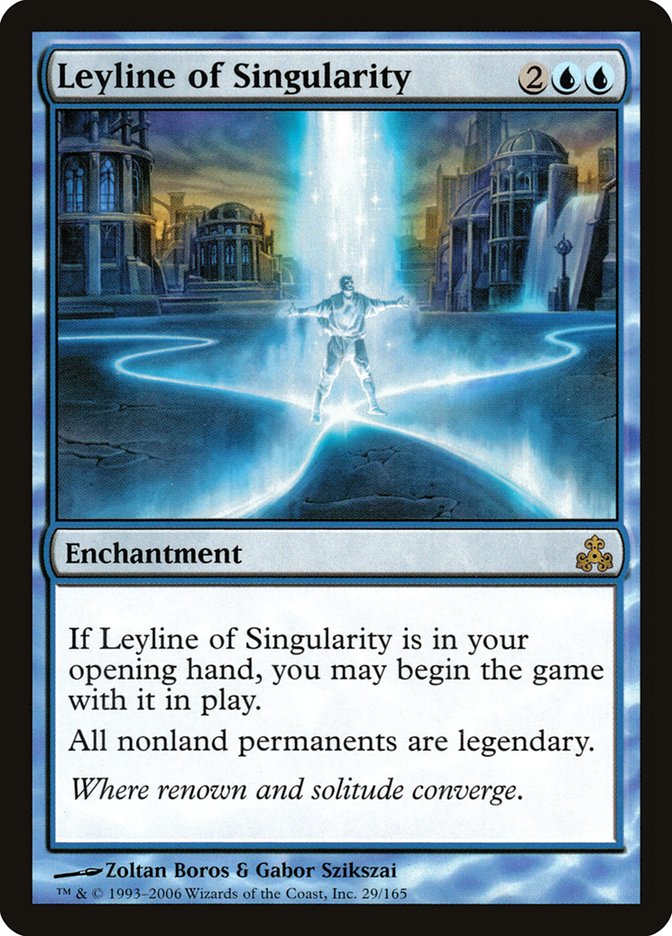
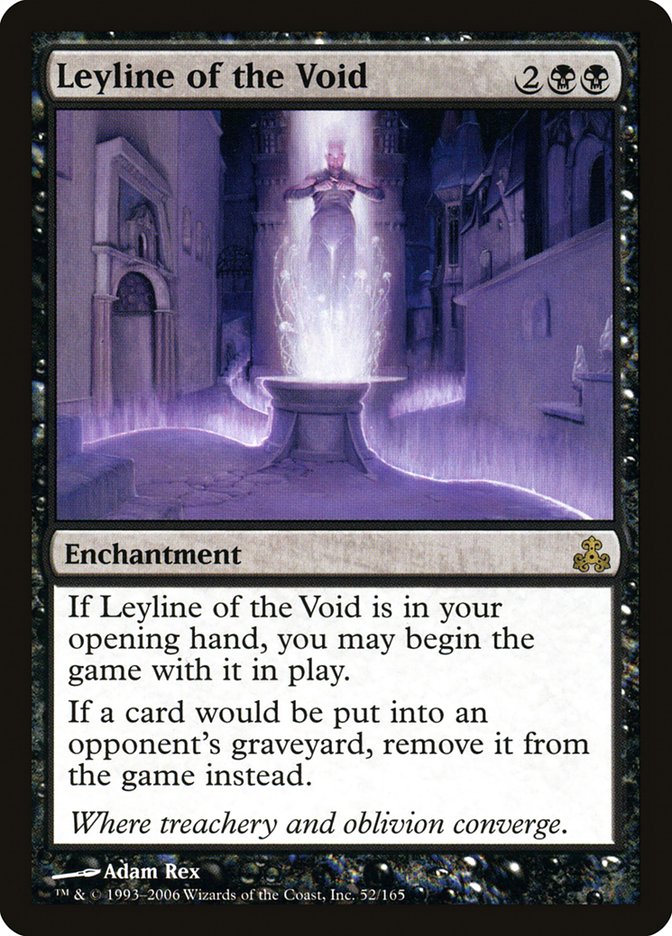

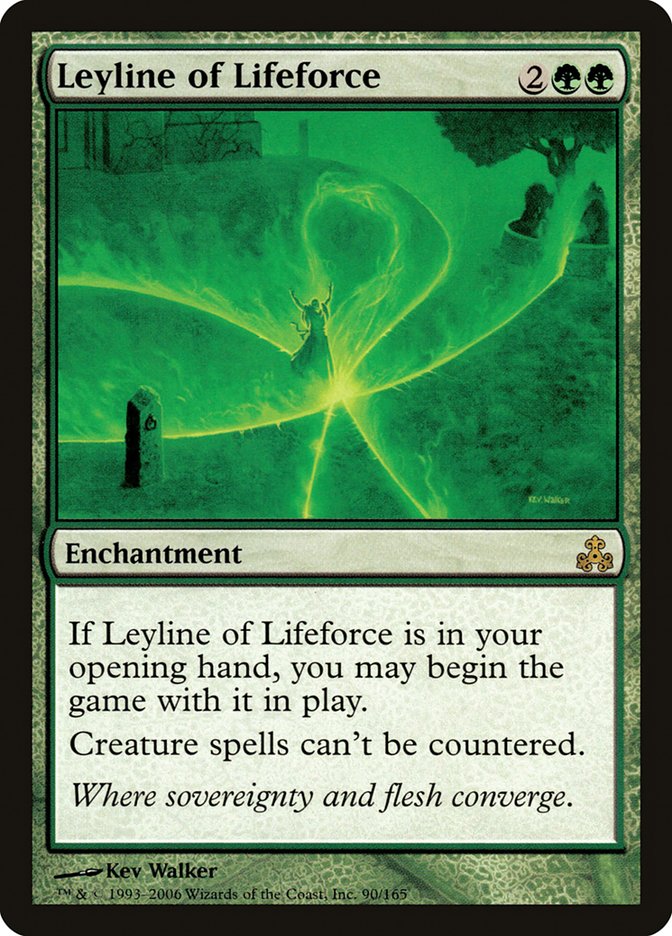
Leyline of the Law
The Leyline cycle is likely your first introduction to pregame effects. The first cycle was released in 2006’s Guildpact. They would set the standard for Leylines for years to come. Each reads: “If CARDNAME is in your opening hand, you may begin the game with it in play.” The cycle also set a standard for casting costs. For almost 20 years, every Leyline cost four mana. Two generic and two of their respective color.
In terms of gameplay, the Leyline effects kick in at rule 103.6a. If you play four copies of a Leyline in your deck you have a 39.9% of drawing it in your opening hand. Obviously, that doesn’t mean the rest of your hand is playable. However, it gives you an idea of your odds.
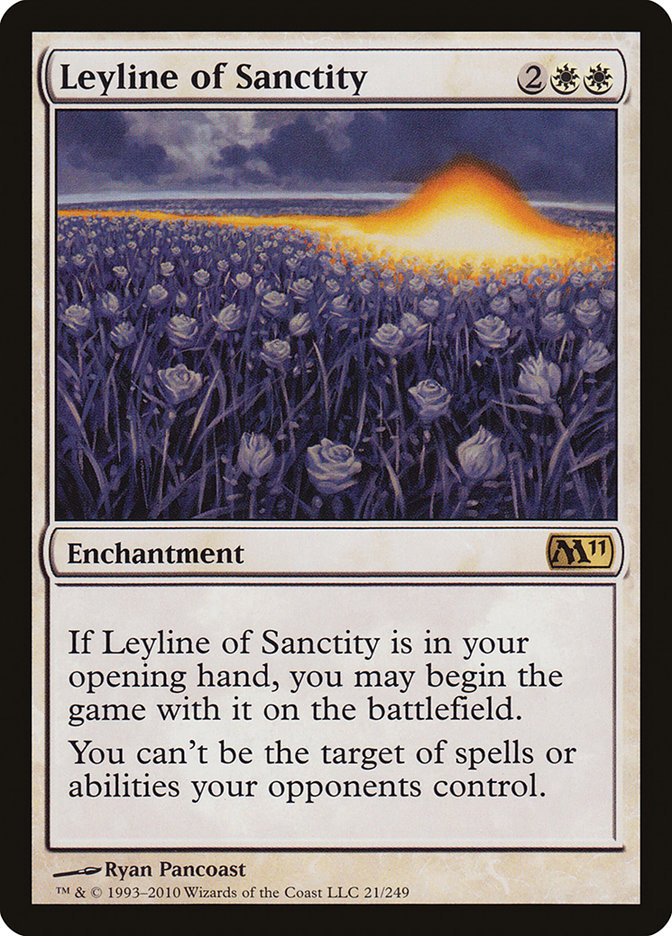
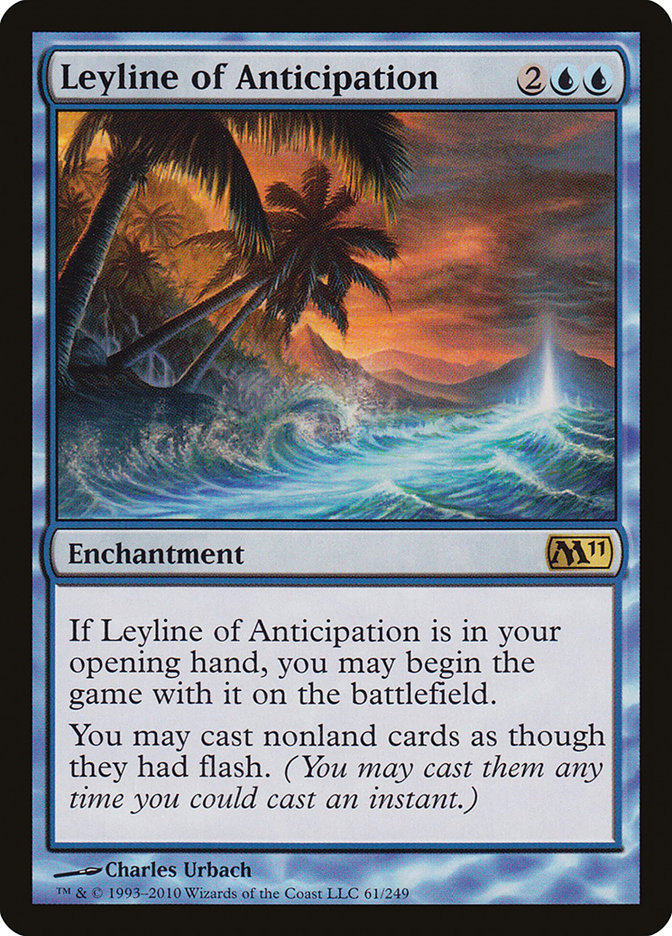
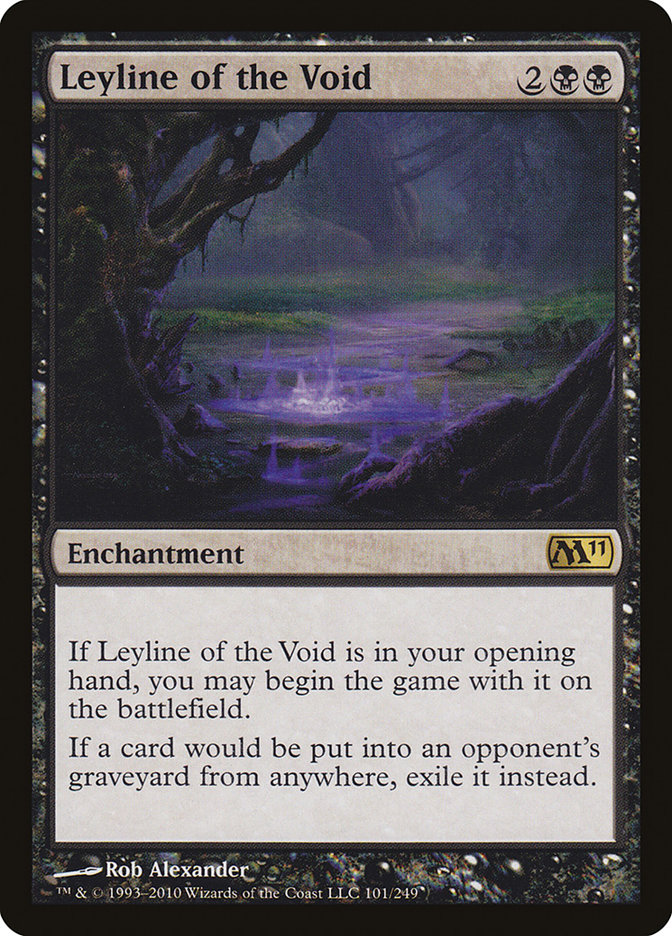
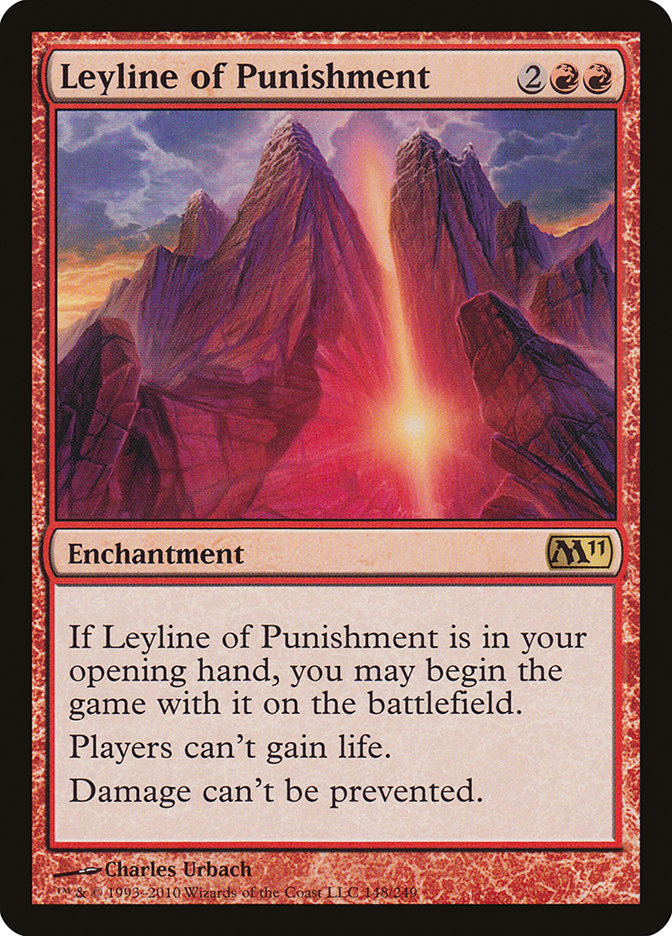
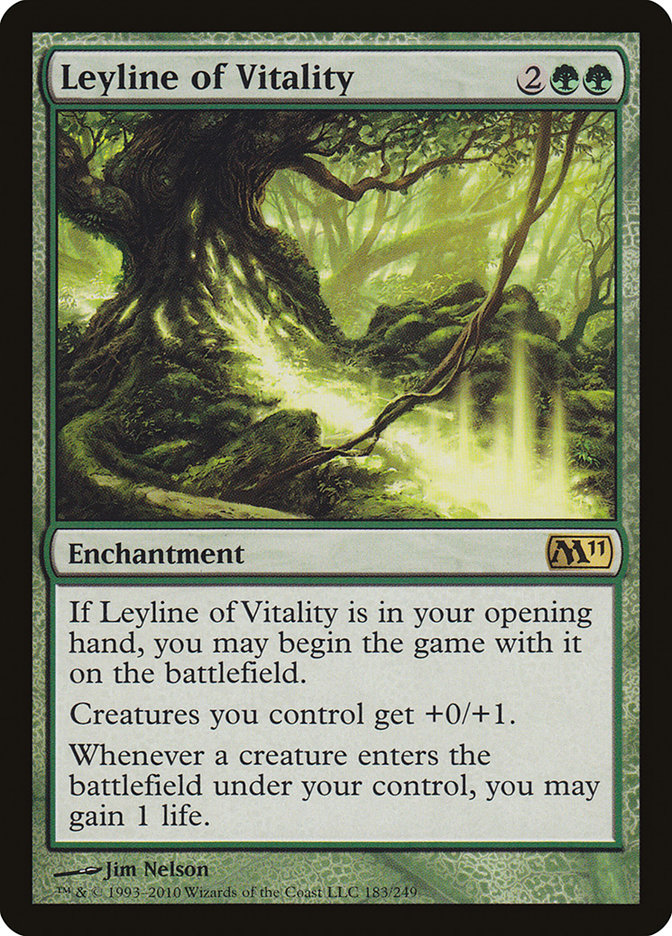
Leylines would return in M11 with a new cycle. The only reprint is Leyline of the Void, while the other colors got a refresh with new enchantments.
The Leylines have seen various levels of play across Magic’s history. Leyline of the Void and Leyline of Sanctity are popular in Modern and Legacy to disrupt the opponent’s game plan as early as turn zero. Leyline of the Void has also seen play in Legacy and Vintage storm lists. They leverage the Leyline as a way to cast Beseech the Mirror and use its Bargain ability.
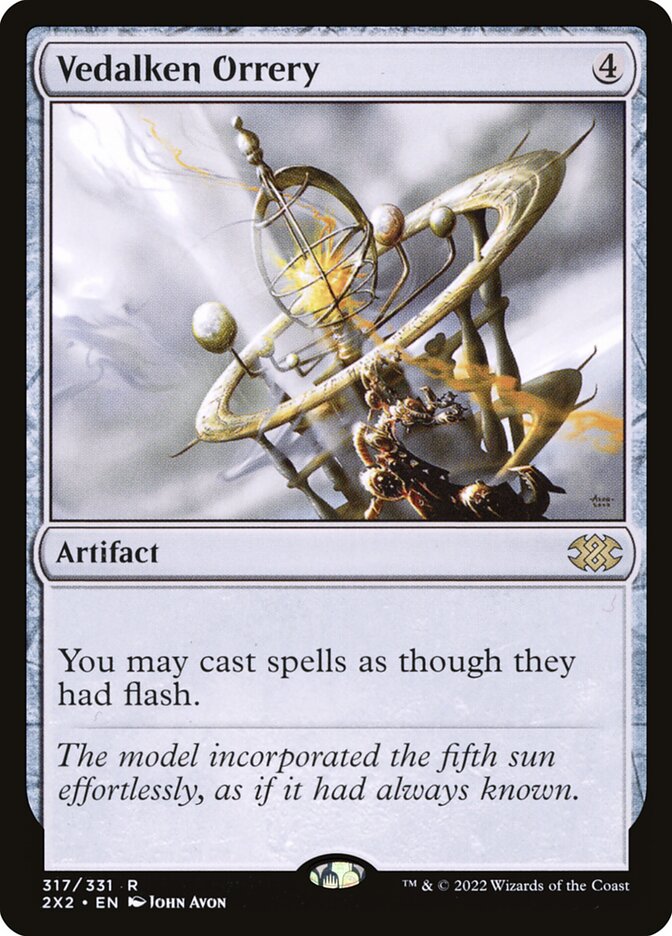
Leyline of Anticipation has become a Commander favorite. At four mana, it is reminiscent of Vedalken Orrery. This has made the card an acceptable play in lower power environments even if you don’t get to start with it in play.


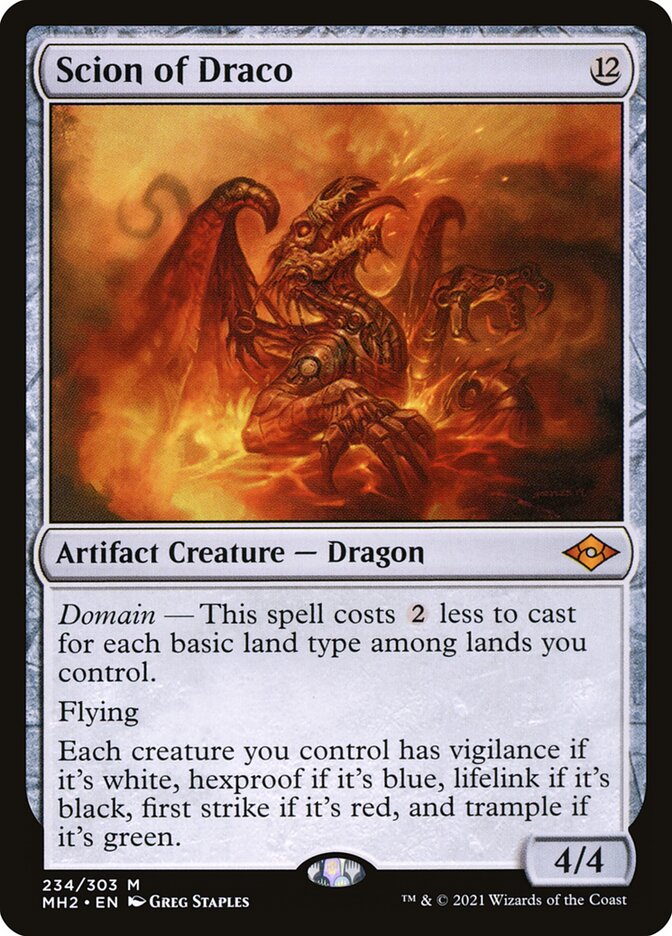
It wouldn’t be until 2024 that players were introduced to Leyline of the Guildpact. While still being four mana, this Leyline broke the mono-color mold, but its pregame action remained the same. Finally, Leyline of the Guildpact was greeted with a lot of brewers on release. It has seen some play in Modern decks trying to play Scion of Draco as early as possible. It also allows Leyline Binding to be cast for a single mana! Domain Zoo is currently a top deck in Modern, no doubt, thanks to this Leyline!
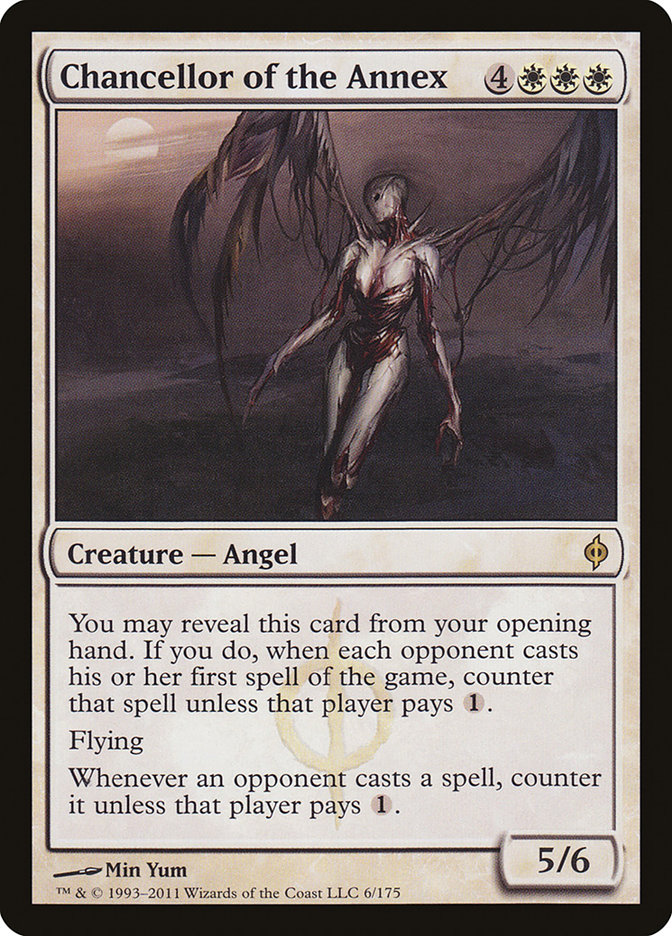

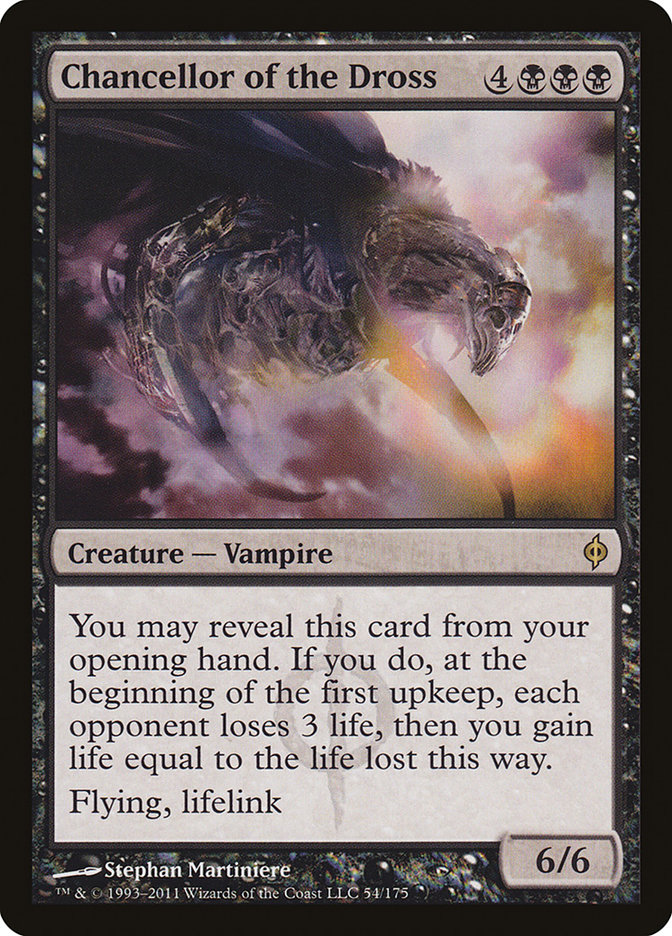
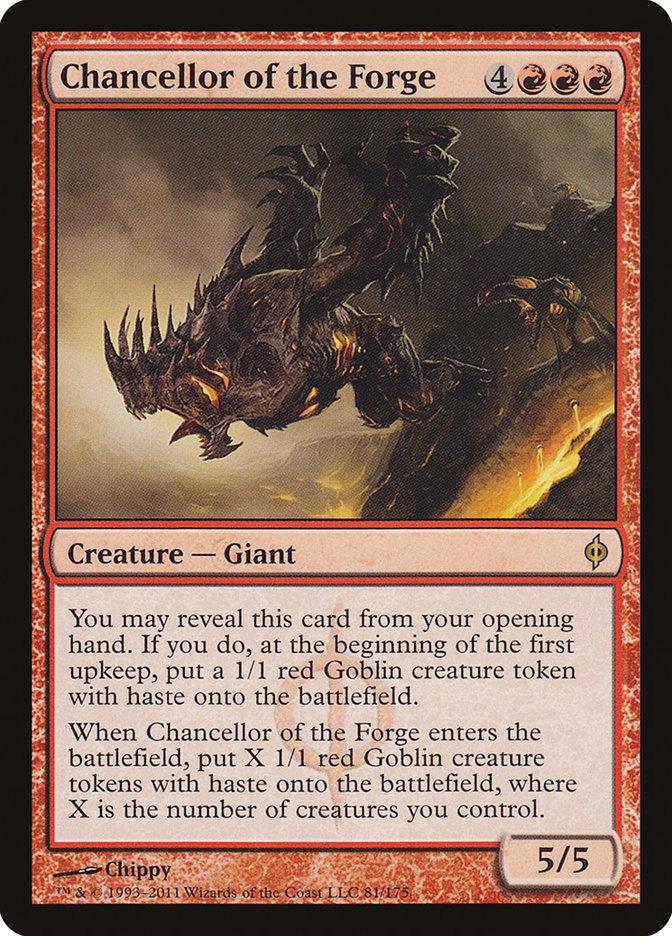
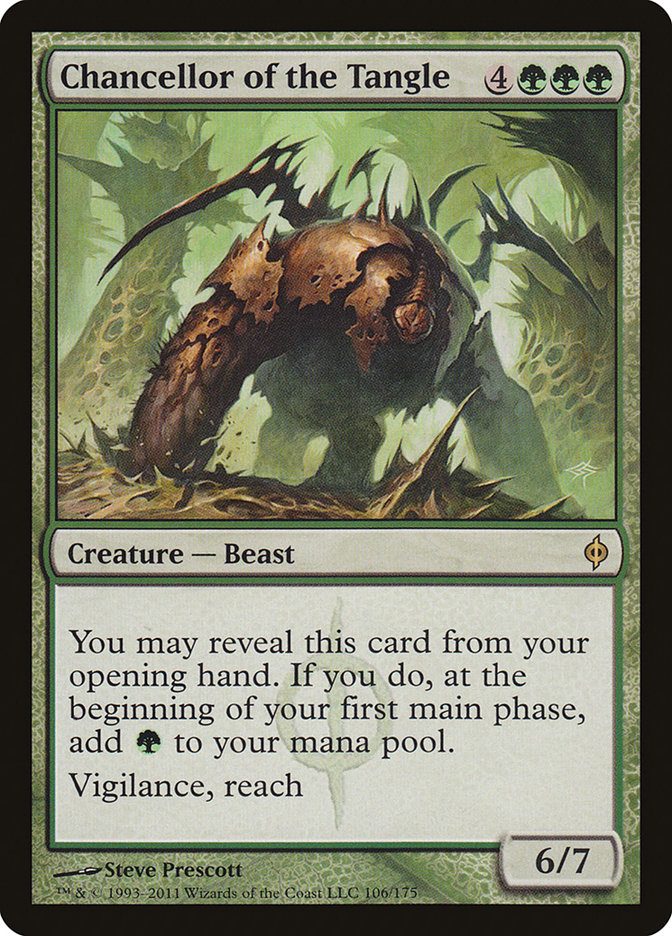
Chancellor of the Comprehensive Rules
The New Phyrexia Chancellor cycle is reminiscent of the Leylines. They read: “You may reveal this card from your opening hand” to do an effect. These effects create a delayed trigger that occurs on the first turn in the case of Spires, Dross, Tangle, and Forge. Chancellor of the Annex counters the first spell an opponent casts unless they pay one mana.
All the chancellors offer a minor effect if they are in your opening hand. This can offset the otherwise clunky seven-mana spells. Unlike the Leylines, there is some tension here. You usually don’t want to draw your seven drops in your opening hand. Yet, these little effects could be enough to tempt you.
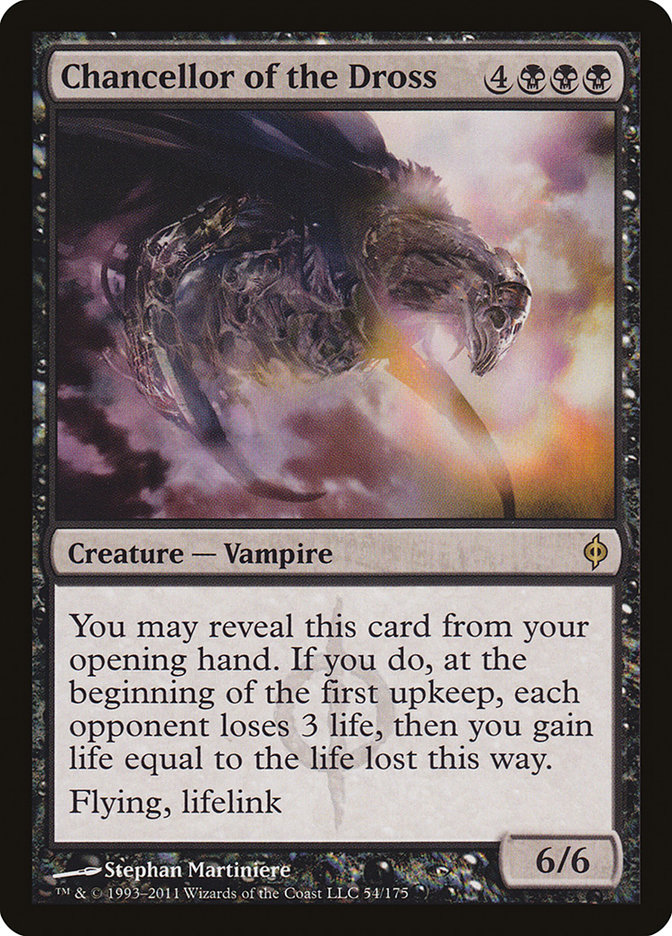



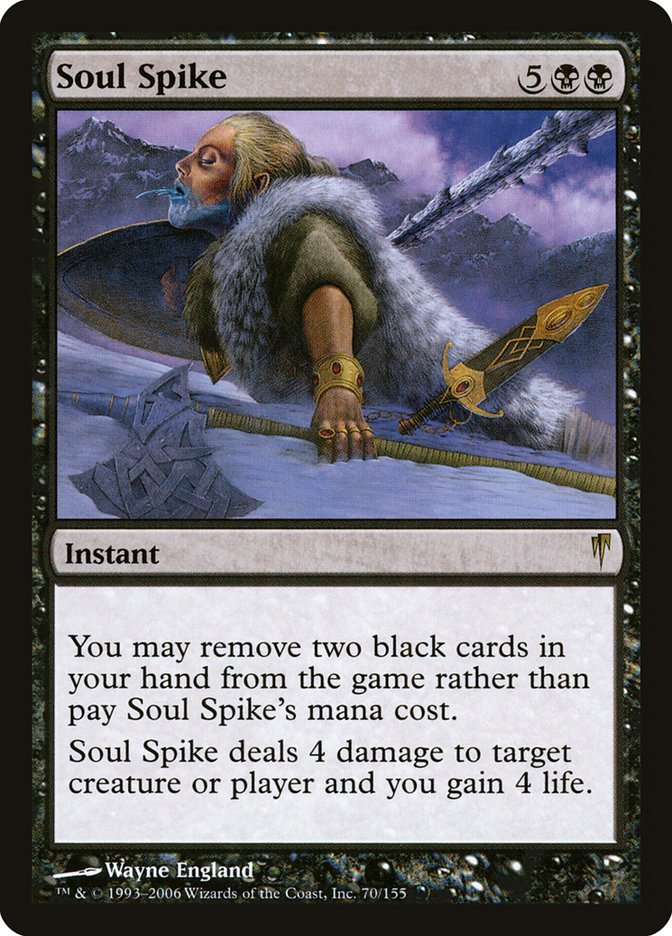


The most iconic of the bunch might be Chancellor of the Dross. It featured in the Feast of Flesh Intro Pack, and players who started their Magic journey around this time may have fond memories of this card. There is an iconic turn-one kill possible in Modern with Chancellor of the Dross. With an opening hand of four Chancellor of the Dross and two Soul Spike, you can kill your opponent turn one! The odds of having a four Chancellor in the opening hand is 0.00718%. That’s before we begin to think about those Soul Spikes. But hey, it is another silly thing you can do in this game!

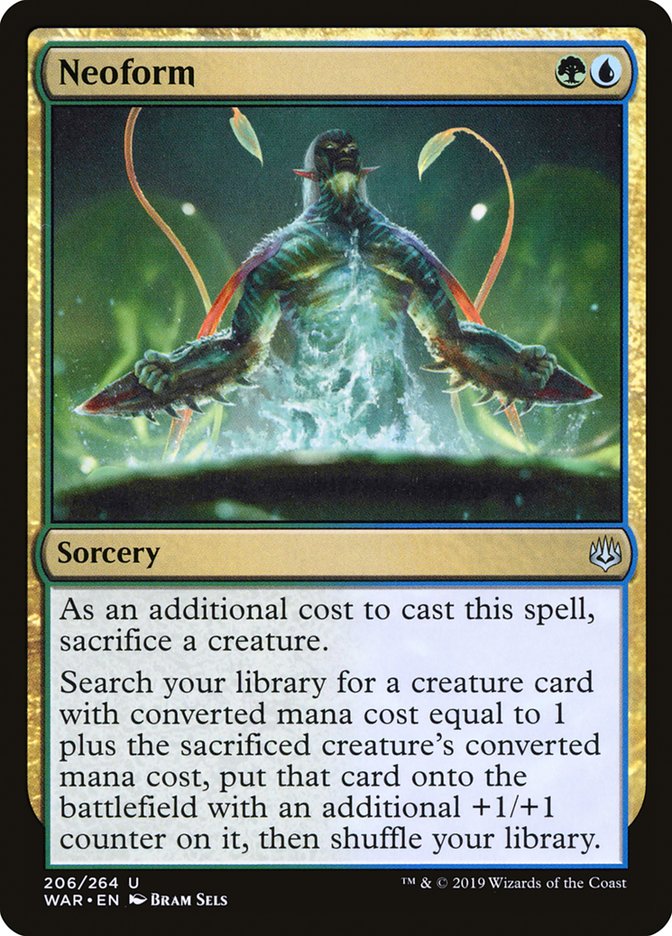
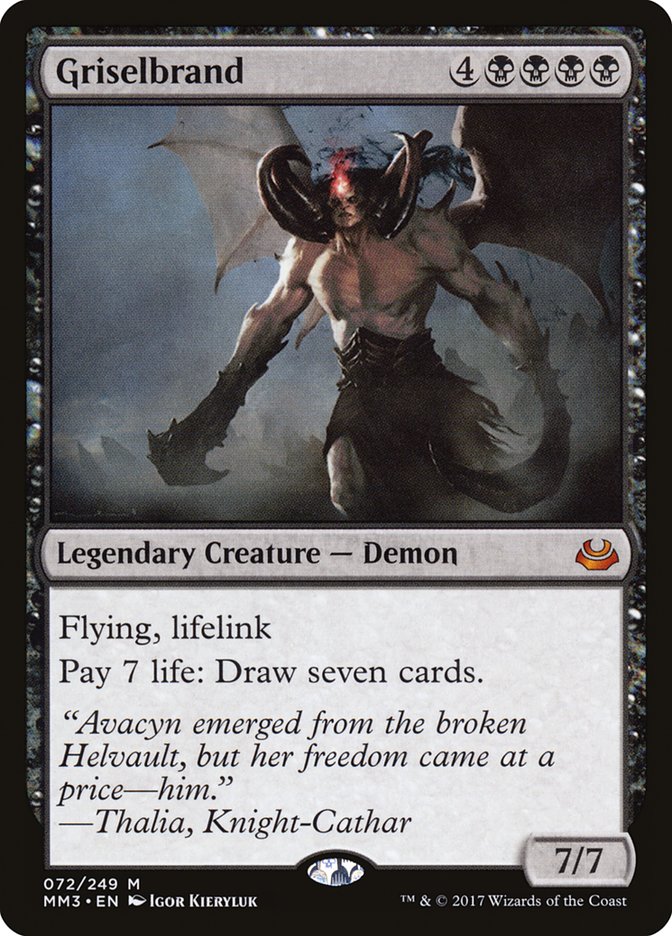
Chancellor of the Tangle sees some play in Modern Neoform decks. This deck is certainly not at the top of the meta, but it is a beloved glass cannon combo deck by some. The deck gets its name from Neoform and Grislebrand and the goal is to cheat a big creature into play as soon as possible. Here the extra mana offered by Tangle can kickstart the deck for an early win!
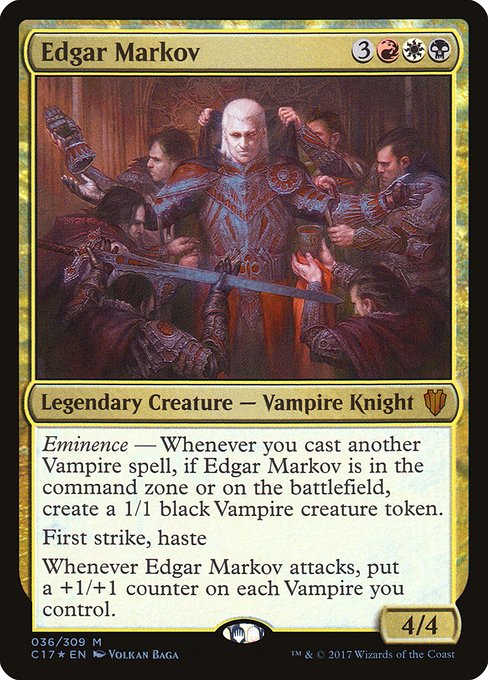
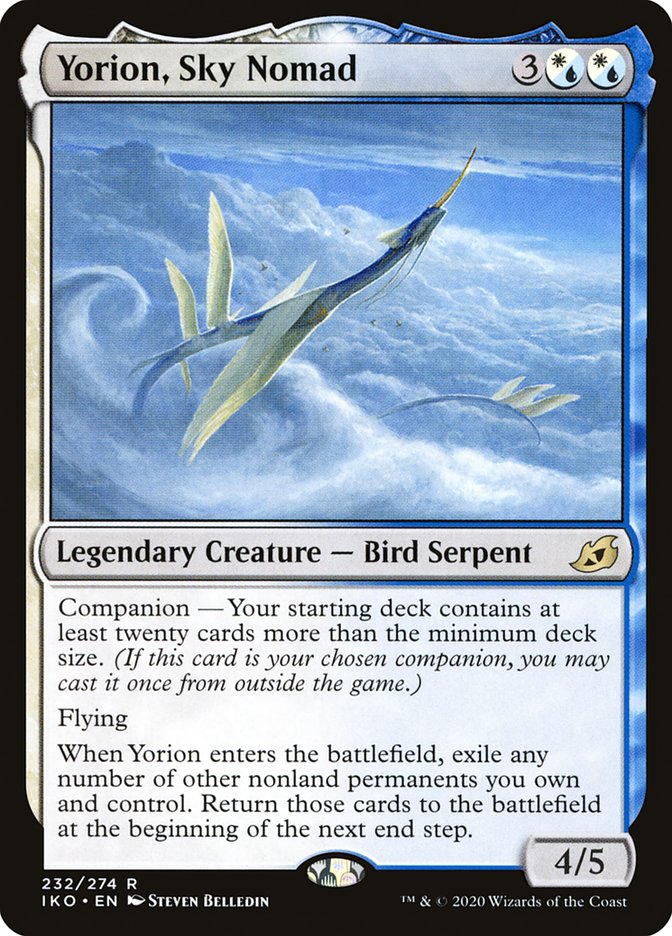

Conspiring, Commanders & Companions
Conspiracies, commanders, and companions all play a role in pregame procedures. They are all part of 103.2 in the comprehensive rules. This section outlines steps that take place after the starting player is decided. These steps occur in order.
103.2a: Sideboards and substitutes are presented.
103.2b: Companions are revealed and left outside the game (in your sideboard usually).
103.2c: Commanders are placed in the command zone face up.
103.2d: Sticker sheets are revealed. (See rule 123 “Stickers” I am not going into that today).
103.2e: Put any number of conspiracies from your sideboard into the command zone.
These steps are a bit exhaustive. However, I think it is neat to see the verbosity that goes into the setup of a game. These come into the category of pregame procedures rather than pregame actions.
But, every rule has an exception. Emissary’s Ploy is a conspiracy with a pre-opening-hand action. Before you draw your opening hand you choose one, two, or three. You can spend mana as though it were mana of any color to cast spells with that mana value. This makes for an incredibly powerful conspiracy. It allows you perfect fixing for your early plays. I find this particularly potent in Cube. You can use it to play Lightning Bolt in your white-blue control deck. Or steal a Llanowar Elf from the green drafter.

Free Mulligan, Sort Of
Serum Powder is my favorite pregame effect. Most of the time it is a three-mana artifact that taps for colorless. But, if it is in your hand while you’re still performing mulligans, you can “exile all cards from your hand then draw that many cards.” This is not an extra mulligan, but it performs a similar function. For example, you draw your opening seven cards, Serum Powder among them. You can exile your entire hand and Serum Powder to draw seven cards. After this, you can choose to mulligan down to six if you still don’t like your hand.
If you mulligan down to five cards and then have a Serum Powder in hand, you can still use it, but this time, you would only draw five cards. I.e. Serum Powder gets worse the deeper into mulligans you are.

Serum Powder sees play in decks that want to minimize the number of cards in their deck. Exiling seven cards from your deck before the game begins has an impact. The best I’ve seen for this card is in Vintage Dredge and Hollow Vine. Without going into too much detail, this deck needs a Bazaar of Baghdad to function.
| Cards In Deck | Chance of Bazaar | Chance of Powder | Chance of Bazaar or Powder | Powder In Deck |
| 60 | 39.90% | 39.90% | 60.10% | 4 |
| 53 | 44.30% | 35.20% | 65.30% | 3 |
| 46 | 49.60% | 28.40% | 65.20% | 2 |
| 39 | 56.30% | 17.90% | 65.00% | 1 |
| 32 | 64.80% | 0.00% | 64.80% | 0 |
It plays four copies of Bazaar. Below is a table showing the chance of drawing the Bazaar of Bagdad and Serum Visions in your opening hand. This assumes we always keep a hand with Bazaar and Serum Powder if we do not have it. As you can see, the odds of drawing a Bazaar increase as we remove cards from our deck with Powder. We also see our odds of drawing another Powder go down as each time we use Serum Powder, it exiles itself. This gives dredge decks an incredible amount of consistency in the mulligan phase.
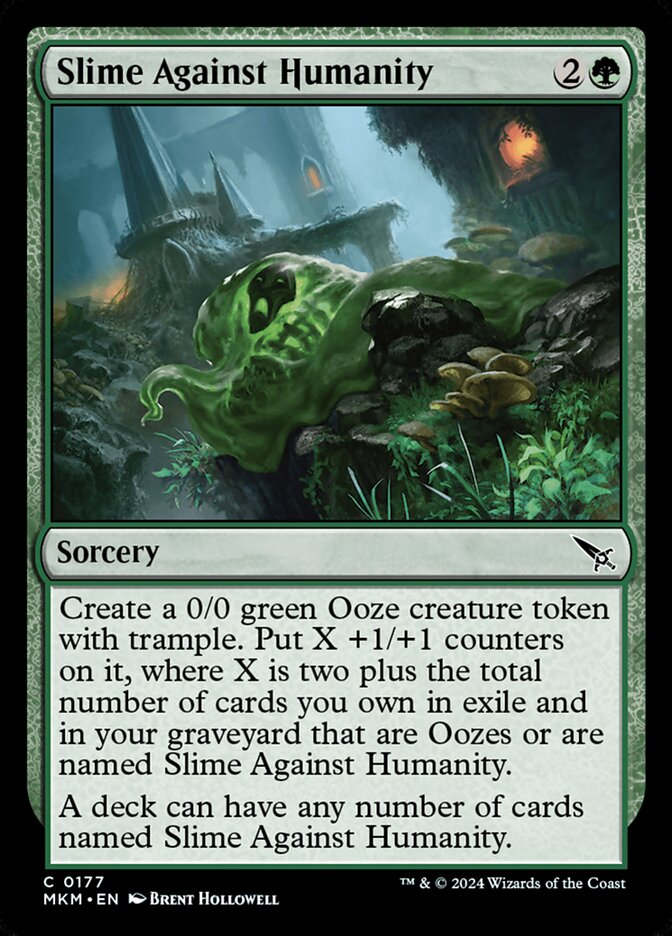
A less powerful use for Serum Powder is with Slime Against Humanity. This idea was recently shown off by Phil Gallagher (Thraben University) in an MTGO League. Slime Against Humanity creates a token with counters for each Slime in grave and exile. Combining this with Powder can lead to huge slimes as early as turn one.
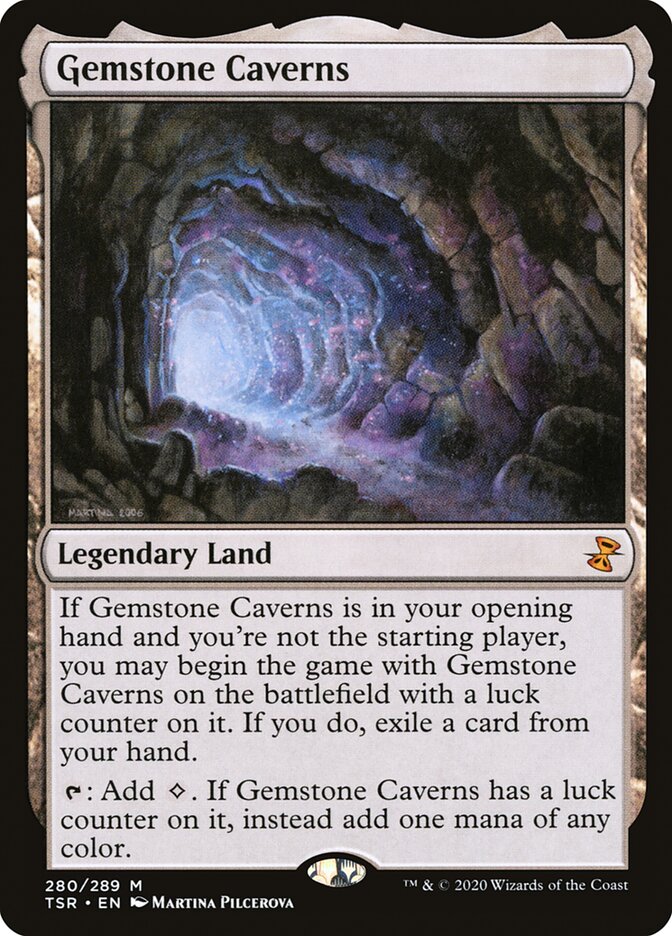
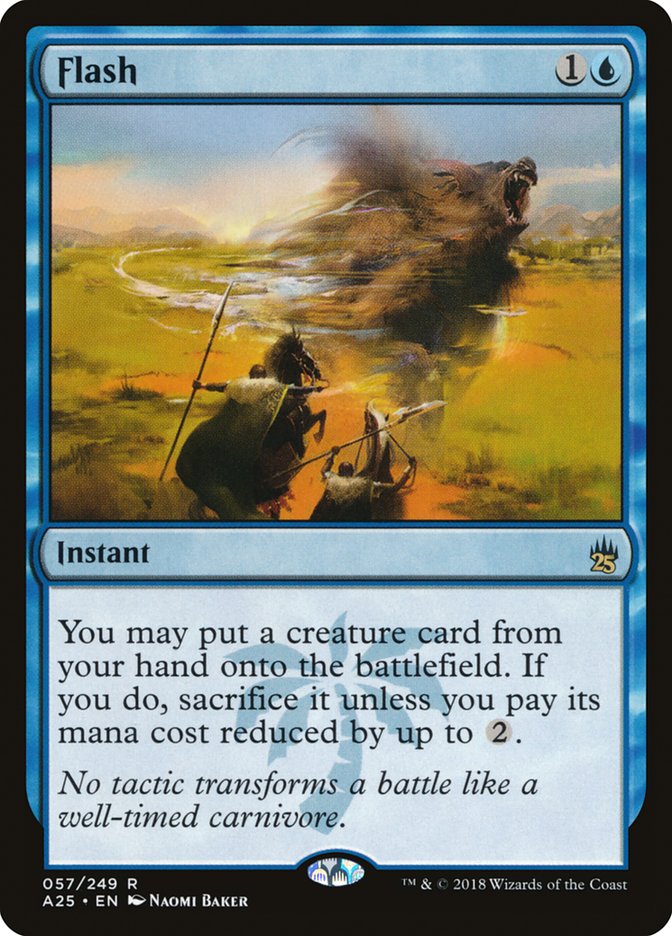

Putting It All Together – The Turn Zero Win
The last card I would like to discuss today frequently appears in cEDH. Legacy Flash Hulk also played it. This is Gemstone Cavern, a land that can begin the game in play if it is in your opening hand. This could enable players to get a step ahead of their opponents. In a 2007 article, Ben Bleiweiss discusses a decklist that utilizes Flash and Protean Hulk. Gemstone Cavern, Simian Spirit Guide, and Elvish Spirit Guide are featured to generate mana. This allows Bleiweiss to cast Flash during their opponent’s very first upkeep. This puts Protean Hulk into play, and then they search for the win condition.
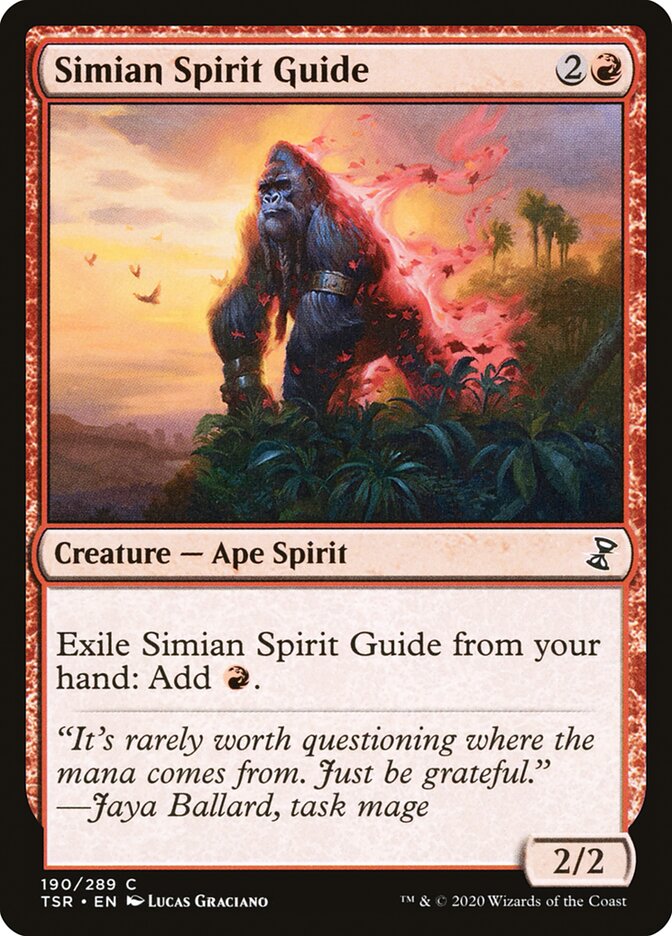



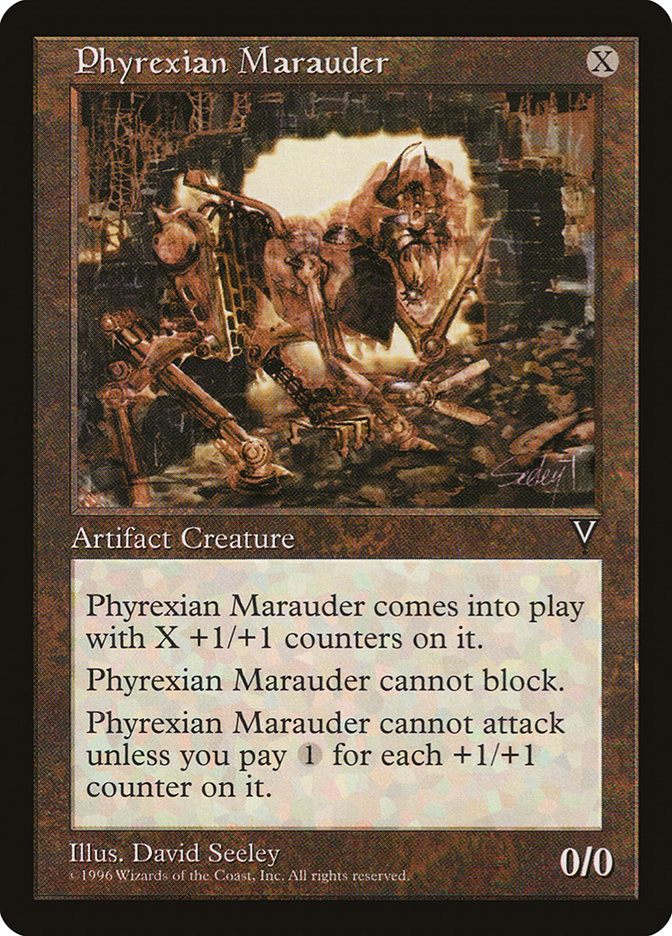
The win is four Disciple of the Vault and various X-cost artifact creatures such as Shifting Wall and Phyrexian Marauder. When these X-cost 0/0 creatures enter the battlefield, they die immediately. Disciple of the Vault then triggers killing the opponent.



Bleiweiss claims the deck wins on turn 1.5 on average, and about 10-20% of the time, it wins turn 0.5. The main detractors to this strategy is Leyline of the Void (huh this thing has always been good) and Force of Will. If the opponent is also running Simian Spirit guide they might be able to Pyroblast your Flash. But, even this is pretty unlikely.
Bleiweiss was certain this deck would be a fierce competitor at the event, saying, “If you are planning to play in Grand Prix: Columbus, either play this deck or be extremely prepared to face it multiple times during the tournament.” He was right. In an event of 883 players the top eight featured three Flash Hulk decks. Unfortunately for Bleiweiss his glass cannon approach didn’t land him among the top 8. The three Flash Hulk lists in the top end put less of an emphasis on fast mana. The goal here was to secure consistency in the event they did not get the turn zero combo. Steven Sadin piloted this version of the deck to victory. While Gemstone Cavern did not make the cut in Sadin’s version it still remains a powerful piece of Magic’s history.
Conclusion
With that, we have a pretty comprehensive look at the rules and cards that do stuff before your turn even begins! I hope you enjoyed the many little tangents we went down, and you learned something along the way. If there is anything I missed please let me know in the comments. I love hearing about funny rules, decks, and interactions.


 Support us on
Support us on 

